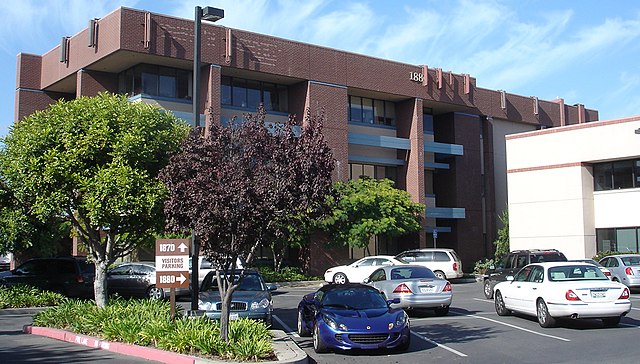Though the American middle class does not have a definitive definition, contemporary social scientists have put forward several ostensibly congruent theories on it. Depending on the class model used, the middle class constitutes anywhere from 25% to 75% of households.
Office buildings such as this are often the place of work for the vast majority of middle-class Americans, whether they are upper-middle-class professional or lower-middle-class secretaries
An upscale home in Salinas, California
Inflation adjusted percentage increase in after-tax household income for the top 1% and four of the five quintiles, between 1979 and 2005 (gains by top 1% are reflected by bottom bar; bottom quintile by top bar)
Educational attainment in the United States
The educational attainment of the U.S. population refers to the highest level of education completed. The educational attainment of the U.S. population is similar to that of many other industrialized countries with the vast majority of the population having completed secondary education and a rising number of college graduates that outnumber high school dropouts. As a whole, the population of the United States is spending more years in formal educational programs. As with income, levels differ by race, age, household configuration, and geography.
Achievement gaps between boys and girls in the United States are more pronounced in reading and writing than in math and science.
Income by education and race
The percent of the labor force in the Professional/Managerial and relating occupations, white collar occupations and blue collar occupations






